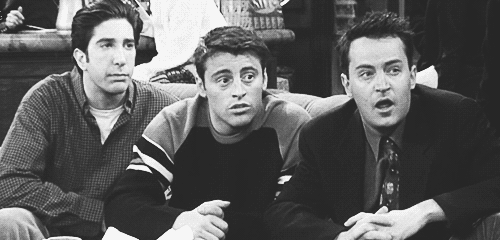Johnson
and Johnson’s Clean and Clear skin care recently began the #SeeTheRealMe
campaign, which is a series of videos that shares the lives of people around
the world as they come of age. The
campaign’s most recent face is Jazz, who is a transgender 14-year-old, who
tells her story of growing up and coming to terms with the fact that she was “a
girl trapped in a boy’s body.” She even
discusses the unwelcoming comments she received from her peers, such has people
referring to her as an “it.” In the
Clean & Clear video, she explains that she recently decided to embrace who
she was, by making new friends and hanging out with other girls. Jazz explains, “The real me is happy and
proud to be who I am. And I’m just having fun being one of the girls.”
This campaign,
and especially this video of the campaign reminded me of the reading from class
titled, Information-Seeking Practices
during the Sexual Development of Lesbian, Gay, and Bisexual Individuals: The
Influence and Effects of Coming out in a Mediated Environment. This article studied how self-identifying
lesbian, gay, and bisexual individuals used media during their “coming out”
process, as well as the effects of this media use. This study found that the Internet played a
crucial role in the development of these identities.
Although
Jazz does not identify as LGB, she does identify as transgender, which also consists
of a “coming out” process that forces an individual to go against the norm and
face adversity. This process can be
challenging for any individual, and Clean and Clear’s campaign aspires to
assist an individual that may be in similar shoes as Jazz. In this sense, the Internet and media, as
discussed in our class reading, are often resources to assist individuals in
their coming of age. Clean and Clear’s
campaign may potentially be a huge factor in letting other transgender
individuals know that they are not alone.
I also
think it is important to mention the risk that Johnson and Johnson’s took with
this video in the sense that they may lose consumers who do not agree with or
challenge LGBTQ issues. I think it is a
great campaign in it’s structure, and should be recognized for the strong
stance they took on this issue.
However,
Jazz looks extremely happy and fun loving in her segment of this campaign. This may turn away other transgender
individuals who may not have had such an easy process. In other words, there may be other
transgender teenagers who are facing a much more difficult time, and may see
Jazz’s life as easy or unrealistic. In
this sense, Jazz’s story may be inspirational, but uninformative for teens who may
be seeking help in a deeper sense.
So the
question becomes, are these media outlets for LGBTQ adolescents the best
possible way to reach this audience? Or are there other, perhaps more realistic
ways to facilitate these adolescents in potentially the most important time of
their lives?
Work Cited:
Bond, B. J., Hefner, V. & Drogos, K. L. (2009). Information-seeking practices during the sexual development of lesbian, gay, and bisexual individuals: The influence and effects of coming out in a mediated environment. Sexuality and Culture: An Interdisciplinary Quarterly, 13(1), 32-50.




